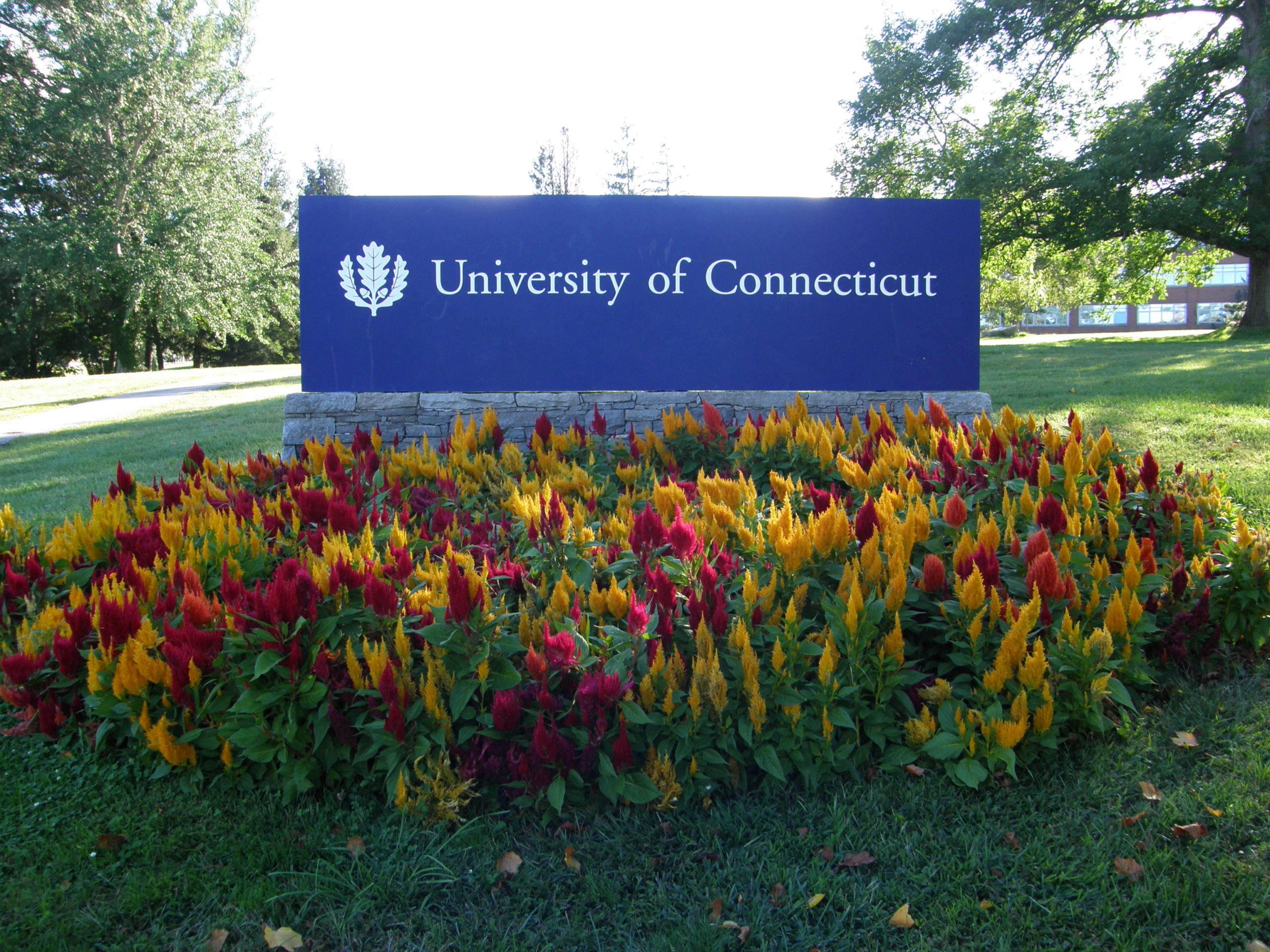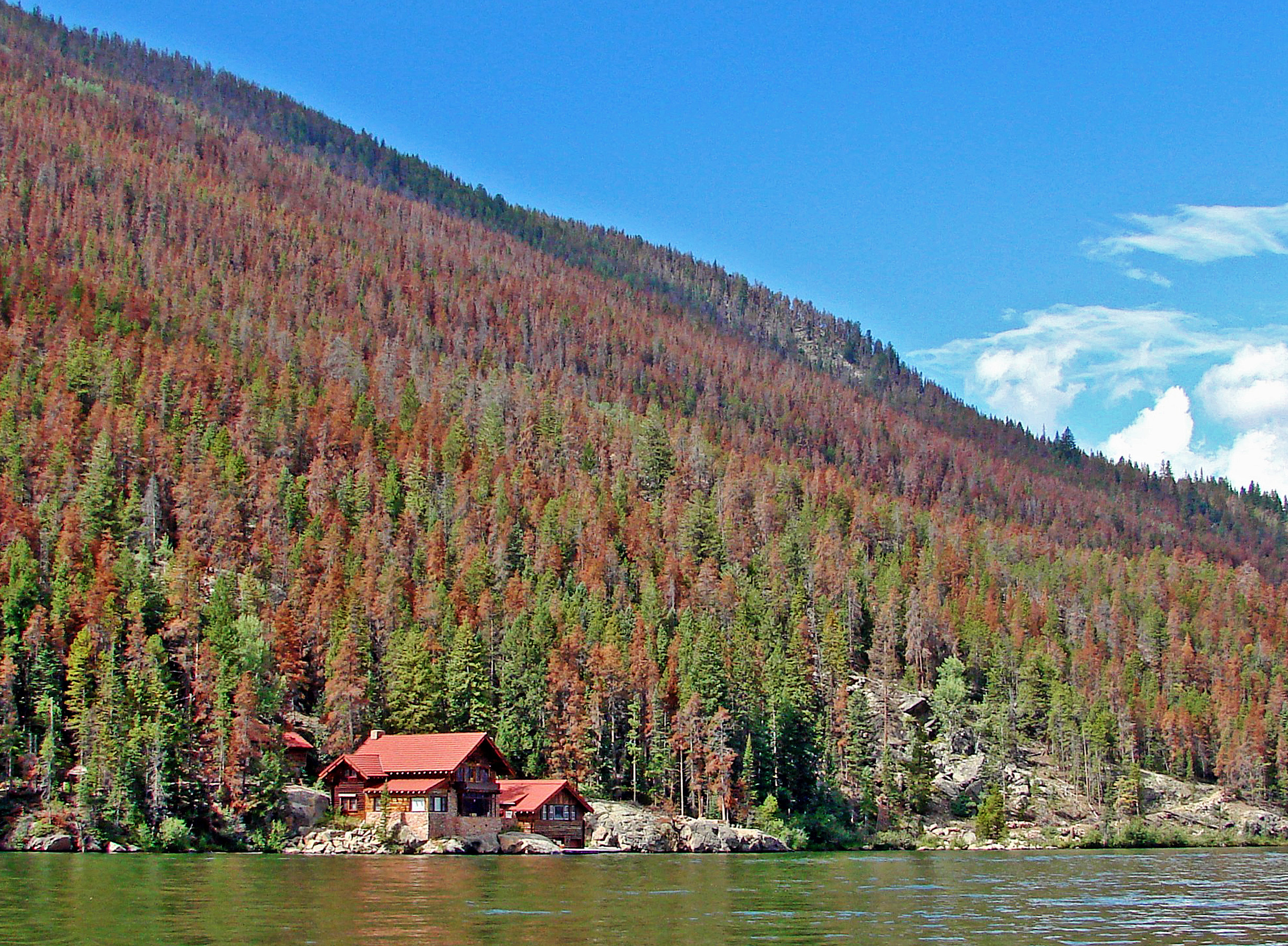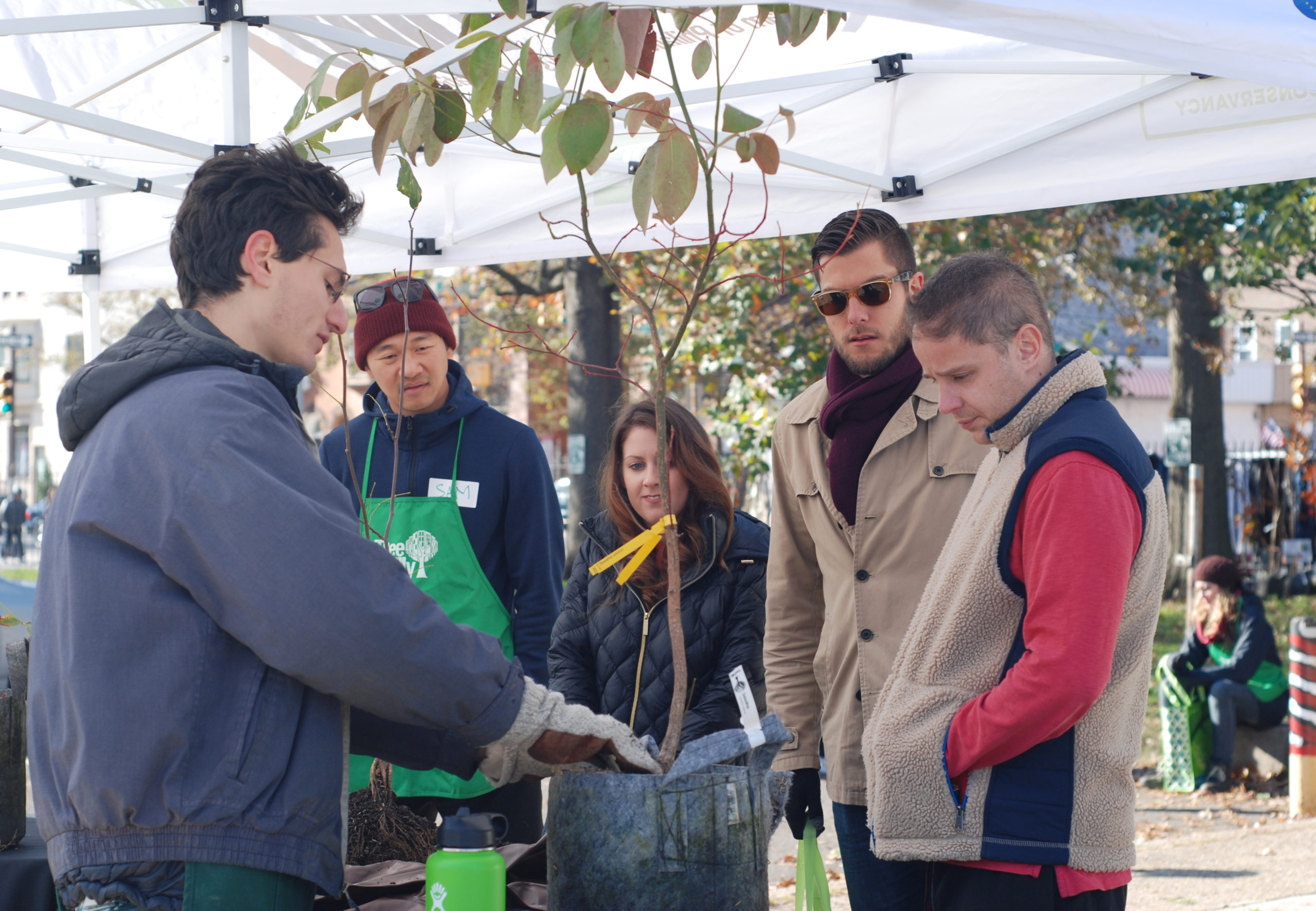New Program Launches Amid Push for Stronger Urban Forestry Presence in Academia

Although the need to maintain and plant more trees is growing across urban landscapes, the forestry workforce is declining. What’s more, there is just one university — Southern University and A&M College in Louisiana — that offers bachelors, masters and doctoral degree programs in urban forestry. Compared to traditional forestry program offerings, there needs to be a stronger presence of urban forestry in academia. In an effort to stimulate interest and grow the field of urban forestry, the University of Connecticut will launch a new Urban Forestry and Arboriculture associate degree program this fall, with support from a local industry group, the Connecticut Tree Protective Association. “This is an opportunity for individuals from urban centers who may not have thought of forestry as an option for them to work in the industry, with opportunities for employment right back in their home communities,” says Jason Vokoun, professor and head of the Department of Natural Resources and the Environment. Preparing the next generation of leaders in urban forestry is paramount for our communities and the wildlife we share it with to thrive today and into the future.
After Washington’s Biggest Wildfire, Tree Thinning and Prescribed Burns Prove Their Worth
The Carlton Complex wildfire was, at the time, the biggest “megafire” in Washington State history, ultimately burning more than 250,000 acres in 2014. Despite the fire’s unprecedented ferocity, not all forests were equally hard-hit. The first major study of the Carlton’s aftermath was recently published in the February 2020 edition of Ecological Applications. The study revealed that more trees survived in areas where foresters had previously thinned crowded trees and used prescribed burns to clear thick, flammable underbrush. These findings add to the growing body of evidence that fuel reduction strategies can help forests withstand the western United States’ increasingly extreme wildfires.

Colorado’s Mountain Forests Are Bouncing Back from Bark Beetles

High-elevation forests in Colorado are rebounding from more than a decade of severe, overlapping bark beetle outbreaks, according to a recent study in the journal Ecology. Nearly 90 percent of the stands researchers surveyed were on their way to recovery, with the most species-diverse areas showing the highest resilience. However, with the good news, the study’s authors added a dose of reality: With hungry deer and elk slowing saplings’ growth, full recovery from the beetle epidemic isn’t expected for decades.
Reminders Help Increase Community Engagement in Urban Forestry Initiatives
Residents’ participation in urban forestry projects and programs is essential to their success. Since 2012, TreePhilly has hosted tree giveaway events for city residents who registered to receive a free tree, but many residents did not show up to get their tree. A recent study tested whether phone call reminders would help close the “intention-action” gap for the TreePhilly program. Of the 251 people who registered to attend, 125 received phone call reminders. Reminder phone calls increased attendance by 16 percent. That’s significant, given the program’s low attendance record over the past eight years. Researchers are exploring whether text reminders might be even more effective. One of the study authors, Dexter Locke, suggested at the Sustainable Urban Forests Coalition’s 2020 annual meeting that forestry programs in other cities could benefit from the lessons learned in this intervention, encouraging the exploration of similar or different interventions to enhance community participation in urban forestry.
